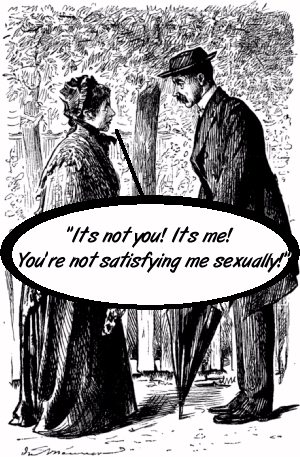 |
||||
|
Postfeminism
Unraveling the History of Postfeminism: A Complex Evolution of Feminist DiscoursePostfeminism, a term that emerged in the late 20th century, represents a multifaceted and often controversial concept within feminist discourse. It refers to a diverse range of perspectives and cultural shifts that have occurred after the second wave of feminism, challenging traditional feminist frameworks and engaging with postmodern and neoliberal ideas. In this article, we delve into the history of postfeminism, examining its origins, key influences, and ongoing debates surrounding its meaning and implications. Defining Postfeminism: Postfeminism is not a unified theory or movement but rather a collection of ideas and attitudes that emerged in response to the perceived limitations and critiques of second-wave feminism. While there is no universally agreed-upon definition, postfeminism generally encompasses the belief that women have achieved formal legal equality and can now focus on personal empowerment, individual choice, and embracing feminine identity on their own terms. Emergence and Influences: Postfeminism gained prominence in the 1980s and 1990s, influenced by cultural and intellectual developments such as postmodernism, consumer culture, and neoliberalism. These influences challenged the essentialist and universalizing tendencies of earlier feminist movements and opened up space for individualism, self-expression, and the celebration of diverse identities. Media and Popular Culture: Postfeminism's impact is often seen most prominently in the realm of media and popular culture. The portrayal of women in film, television, advertising, and other forms of media has undergone significant transformations influenced by postfeminist ideas. The so-called "girl power" movement, epitomized by pop stars like Madonna and the Spice Girls, promoted an image of empowered, assertive femininity. However, critics argue that this commercialized version of empowerment often prioritizes individual success, beauty, and consumerism over systemic change. Critiques and Debates: Postfeminism has not been without its critics, both within and outside feminist circles. One central critique is that postfeminism can reinforce the notion that gender equality has been fully achieved, ignoring ongoing structural inequalities and the need for collective activism. Others argue that postfeminism can sometimes perpetuate a narrow, individualistic version of empowerment that disregards the intersections of race, class, and other identities. Scholars like Angela McRobbie and Rosalind Gill have provided nuanced analyses of postfeminism, highlighting its contradictions and pointing out how it can simultaneously challenge and reinforce patriarchal norms. Intersectional Perspectives: As feminism has continued to evolve, intersectional approaches have called into question the limitations of postfeminism. Intersectional feminism emphasizes the interconnected nature of social identities and highlights the ways in which gender oppression intersects with other forms of marginalization, such as race, class, sexuality, and ability. Critics argue that postfeminism, in its focus on individual empowerment, can overlook the systemic barriers faced by marginalized women and perpetuate privilege. Future Directions: The understanding and interpretation of postfeminism continue to evolve, reflecting the ongoing conversations within feminism itself. Some scholars argue for a reclamation of postfeminism as a site of critical inquiry and dialogue, while others advocate for moving beyond postfeminism and focusing on more inclusive and intersectional frameworks that address systemic inequalities. Conclusion: The history of postfeminism demonstrates the complex and diverse nature of feminist discourse. As a response to the achievements and critiques of earlier feminist waves, postfeminism has opened up important discussions about individual agency, diverse femininities, and the role of popular culture. However, it has also sparked debates regarding its potential to undermine collective action and to overlook structural inequalities. Moving forward, feminist thought will continue to engage with the tensions and contradictions of postfeminism, seeking to create a more inclusive, intersectional, and transformative framework for addressing gender justice in the 21st century.
The Diversity and Freedom of PostfeminismFreedom of Choice is the hallmark of Postfeminism. Women can choose to have careers, children, both, have sex, abstain, choose birth control products, choose abortion, choose whatever they want. Its not just Pro-Choice when it comes to abortion, its Pro-Choice when it comes to everything. If you don't have a choice then you are a slave to the whims of another.
A Postfeminist & Freudian Analysis of La Blue Girl
|
|
|||
|
|
||||
|
|
||||
 |
Health Matters - Historical Feminism - International Feminism - Lesbian Feminism - Male Feminism - Modern Feminism - Musical Feminism Philosophy of Feminism - Postfeminism - Pro-Choice Feminism - Quotes by Feminists - Religion and Feminism - Sports and Feminism |
 |
||
